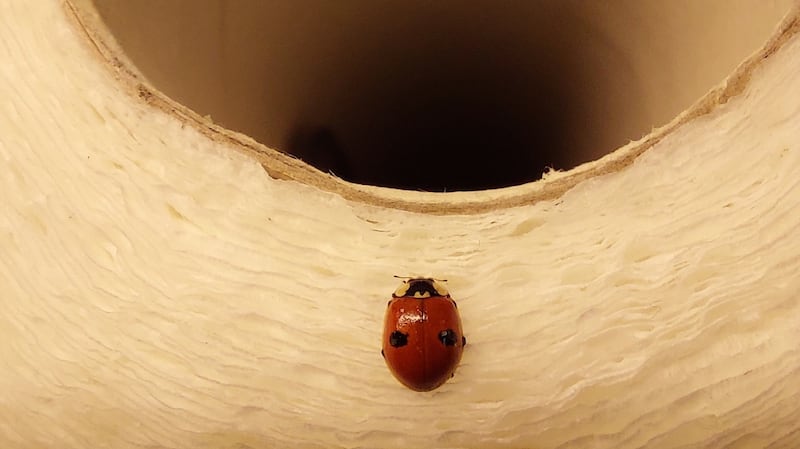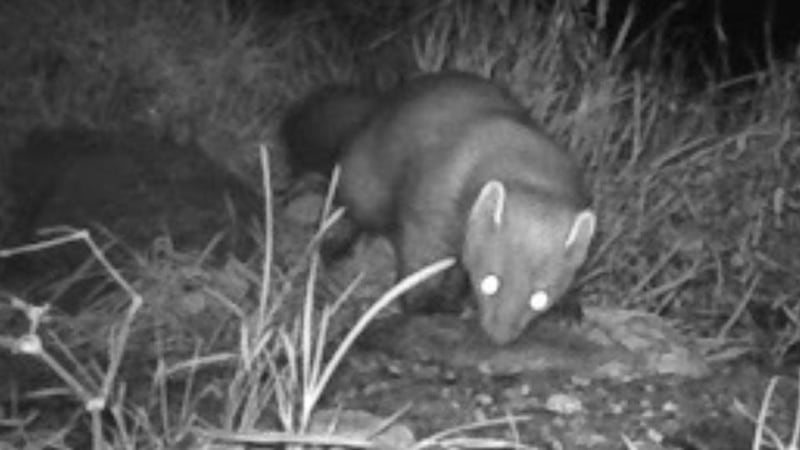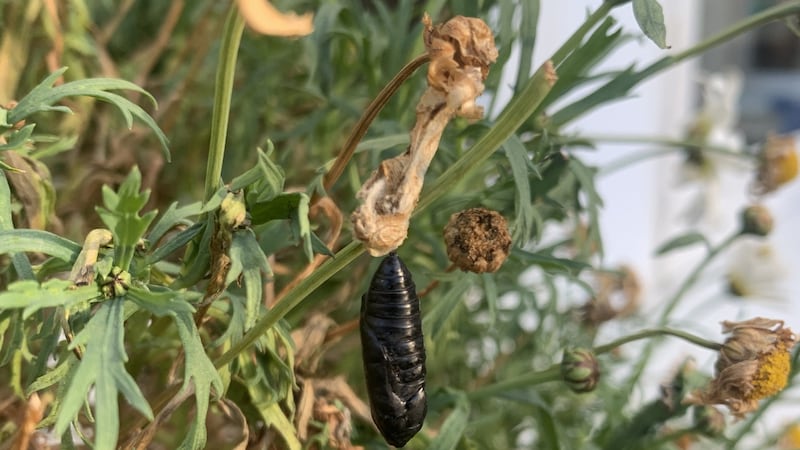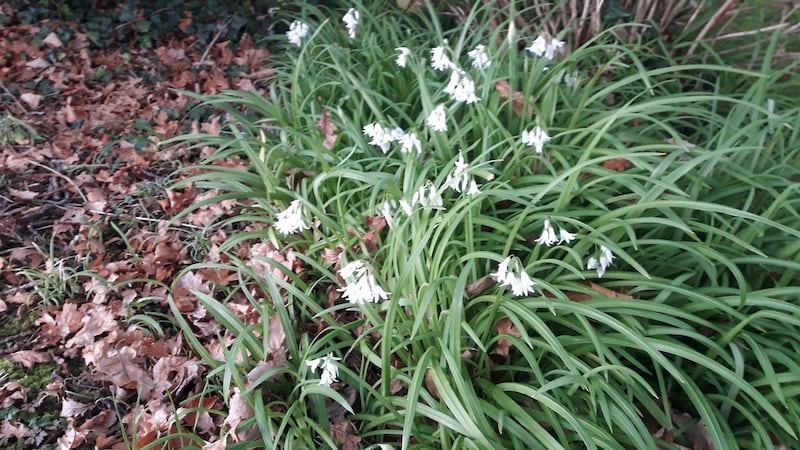You might be interested in this perfectly white, leucistic blackbird, spotted just outside Cork city. – Billy Kemp, Macroom
This is a leucistic blackbird alright. It's completely lacking pigment in its feathers and legs. But Niall Hatch of Birdwatch Ireland points out that it's not an albino as it still has pigment in its eyes and beak. It's certainly a gorgeous-looking creature.

I think that this a ladybird; I have never seen one like it before. We found it on our kitchen worktop. – Frank Curran
It is one of our smallest ladybirds – the 2-spot – which favours slightly warmer urban habitats. It can co-exist with the much larger and commoner 7-spot ladybird, thus giving rise to the myth that you can tell a ladybird's age by the number of spots.

We were thrilled to get a photo on a trail camera of this beautiful pine marten on our nature reserve in Co Wicklow. – Brian and Gilly, Wildacres Nature Reserve
Trail cameras, judiciously positioned, can record a tremendous amount of information about the antics of our wildlife at night. I hope Santy has left plenty of them in Christmas stockings.

I was helping my Dad in the garden when I found this black object hanging from a plant. What is it? – Conor O'Callaghan (6), Cork city
It is a moth chrysalis. The caterpillar has finished eating and will overwinter in the cocoon, where it will slowly turn into a moth and emerge in spring.

I saw these in December and thought they were early snowdrops, but then realised they were wild garlic. Is this very early for it to flower? – Patricia O'Connor
It does seem early all right, but you don't say where you saw them. Plants in the southwest may flower a good six weeks before the same species in Cavan. Location is very important for plants too!
Have you a nature query, observation or photo you would like to share with The Irish Times? Please submit it, with location of the image, via our website irishtimes.com/eyeonnature





















